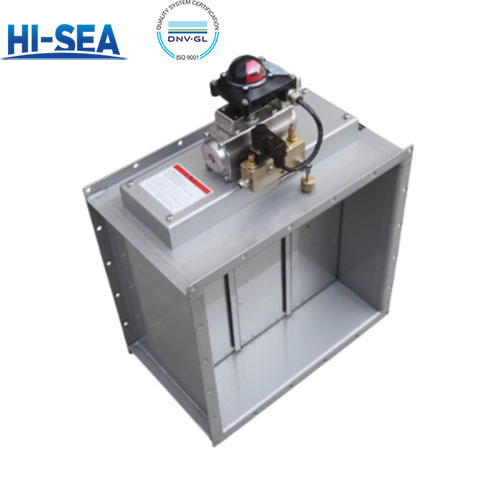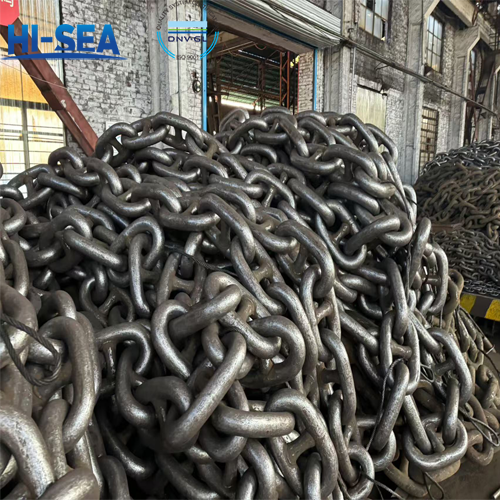
Pneumatic damper working principle
Pneumatic damper use compressed air as a power source and do not involve electricity or fuel, so there is no risk of electrical fire or explosion, making them suitable for use in flammable and explosive environments. In addition, the pneumatic control elements themselves are explosion-proof, further enhancing their safety
Overview
Under normal circumstances the air supply opens and the loss of air closes. Passed into the compressed air, compressed air against the piston of the executive cylinder compresses the spring inside the executive cylinder, so that the damper is in the open state; once the cylinder is out of air, the spring returns to deformation, pushing the piston, closing the damper.
Pneumatic control: local/remote control turns off the compressed air and releases the air pressure inside the actuating cylinder, and closes the damper under the operation of spring force inside the actuating cylinder.
Automatic control: when the flue gas temperature in the pipeline reaches 70 ± 3 ℃, the fuse on the thermofuse 2 fuses, causing valve 1 to act, valve 1 closes the compressed air, and relieves the air pressure inside the actuating cylinder 4, and closes the damper under the operation of the spring elasticity inside the actuating cylinder.





